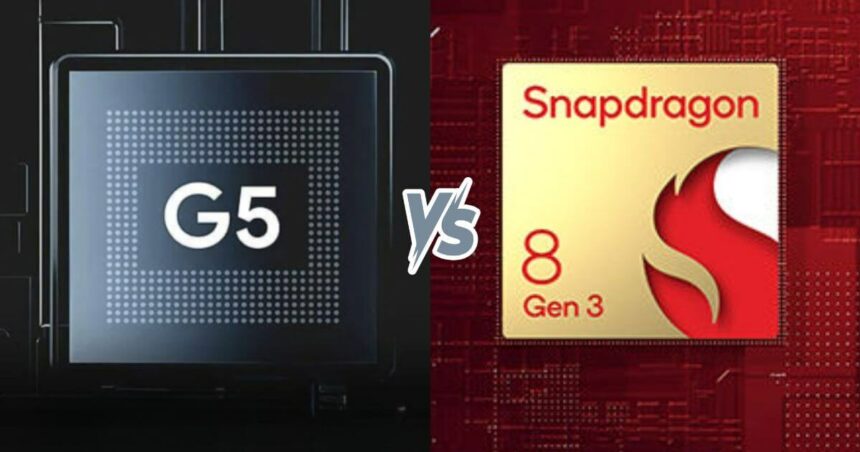The smartphone processor battle just got more interesting. Google has finally launched its latest flagship chipset, the Google Tensor G5, which has made a significant impact on the company’s silicon strategy. For the very first time, Google has moved away from Samsung’s foundry and partnered with TSMC for manufacturing, using their advanced 3nm process node. This move has created a buzz in the tech community, with many wondering if Google can finally compete with Qualcomm’s dominant Snapdragon 8 Gen 3.
CPU Performance Showdown
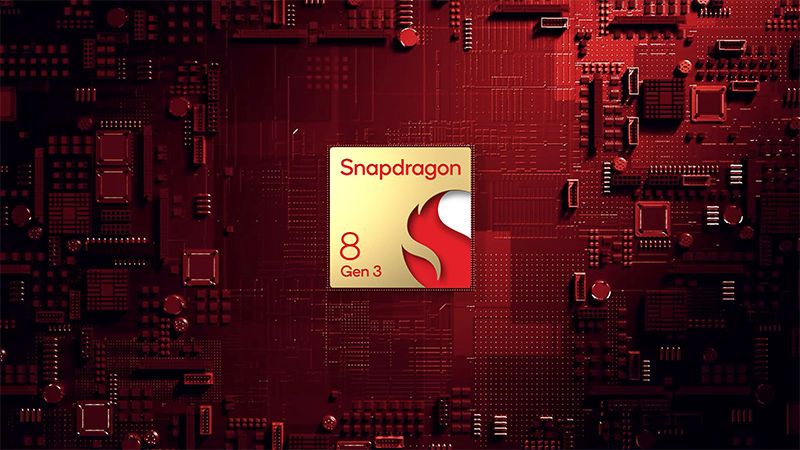
When we look at Geekbench 6 scores, the results might surprise you. The leaked benchmarks from the Pixel 10 Pro Fold reveal some interesting insights about Google’s latest processor.
However, when it comes to multicore performance, the table turns slightly. The Snapdragon 8 Gen 3 scores 6434 points while the G5 manages 6173 points, giving Qualcomm a 4% lead in the multithreaded workload.
Since both processors share a similar CPU architecture with a single Cortex X4 prime core, these nearly identical results make perfect sense. The performance difference is minimal enough that average users won’t notice any significant difference in daily usage.
The AnTuTu Score Comparison
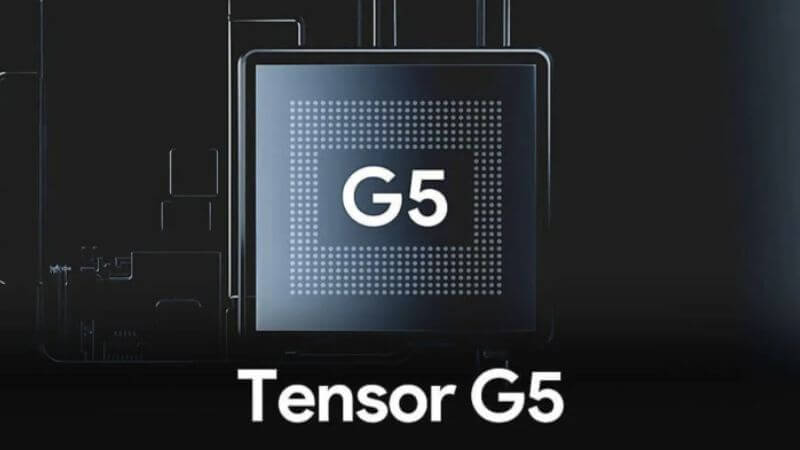
While Geekbench results look promising, the AnTuTu benchmark paints a dramatically different picture that might concern Google fans.
| Category | Google Tensor G5 | Snapdragon 8 Gen 3 | Performance Difference |
|---|---|---|---|
| Overall Score | 1,140,286 points | 2,087,159 points | Snapdragon leads by 83% |
| CPU Score | 313,500 points | 440,975 points | Snapdragon leads by 40% |
| GPU Score | 394,695 points | 860,385 points | Snapdragon leads by 118% |
| Memory Score | 246,571 points | 427,798 points | Snapdragon leads by 73% |
| UX Score | 185,520 points | 358,001 points | Snapdragon leads by 93% |
These numbers are quite concerning for Google. The Snapdragon 8 Gen 3 delivers nearly double the overall performance, scoring 2,087,159 points compared to Tensor G5’s 1,140,286 points.
The GPU performance is particularly striking, with Snapdragon 8 Gen 3’s Adreno 750 scoring more than twice as high as Google Tensor G5’s Imagination Technologies DXT–48–1536 GPU. This massive difference could significantly impact gaming performance and graphics-intensive applications.
Technical Specifications
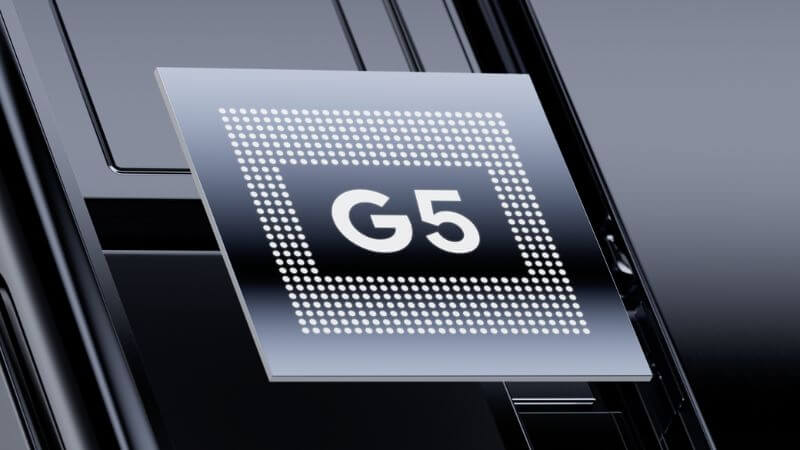
The Google Tensor G5 represents Google’s move to TSMC’s advanced 3nm process node, leaving behind Samsung Foundry. This shift should theoretically provide better power efficiency and performance compared to the Snapdragon 8 Gen 3’s 4nm process.
Google Tensor G5
- 1x Cortex-X4 core at 3.78GHz
- 5x Cortex-A725 cores at 3.05GHz
- 2x Cortex-A520 cores at 2.25GHz
Snapdragon 8 Gen 3
- 1x Cortex-X4 core at 3.3GHz
- 3x Cortex-A720 cores at 3.2GHz
- 2x Cortex-A720 cores at 3.0GHz
- 2x Cortex-A520 cores at 2.3GHz
Graphics And Gaming Performance
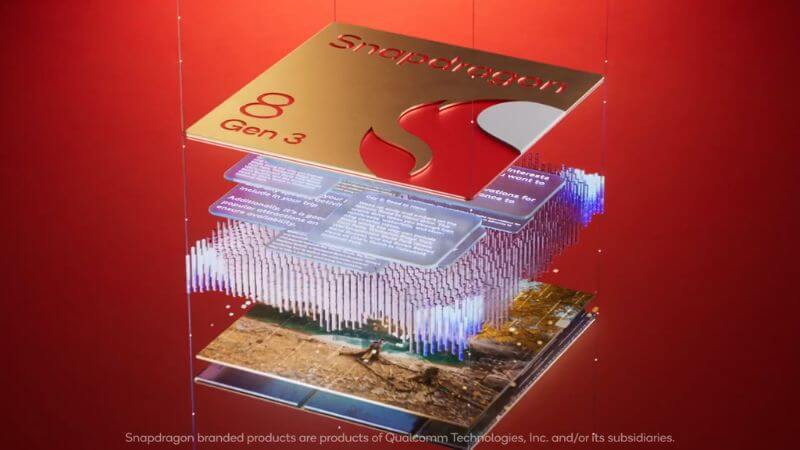
The GPU comparison reveals a significant challenge for Google. While the Google Tensor G5 uses Imagination Technologies DXT–48–1536 GPU without ray tracing support, the Snapdragon 8 Gen 3 features the powerful Adreno 750 GPU that clearly dominates in benchmarks.
Connectivity And Modern Features
Both processors support similar modern connectivity standards, including Wi-Fi 7 and UFS 4 storage. However, the Snapdragon 8 Gen 3’s X75 5G modem offers superior peak speeds of 10Gbps download and 3.5Gbps upload compared to the Google Tensor G5’s Samsung Exynos 5400 5G modem.
Why These Numbers, And What Do They Mean?
Based on the available benchmark data, we can draw several important conclusions:
- The Google Tensor G5 matches the Snapdragon 8 Gen 3 in CPU tasks, with minimal differences that won’t affect real-world usage.
- The significant GPU performance gap could mean an inferior gaming experience on Tensor G5 devices.
- Despite the advancement of the 3nm process, the Google Tensor G5’s performance-per-watt ratio remains questionable.
- If you are considering a Pixel 10 series device, the benchmark results suggest that while daily tasks like browsing, messaging, and productivity apps will run smoothly, you might experience limitations in gaming and graphics-intensive applications.
However, it is crucial to understand that these are early benchmarks, and final retail units might perform differently. Google’s strength has always been in software optimization and AI features rather than raw computational power.
Follow Us: Facebook | X | Instagram | YouTube | Pinterest



